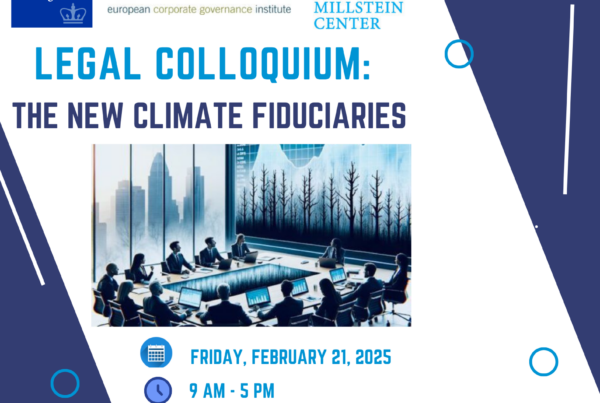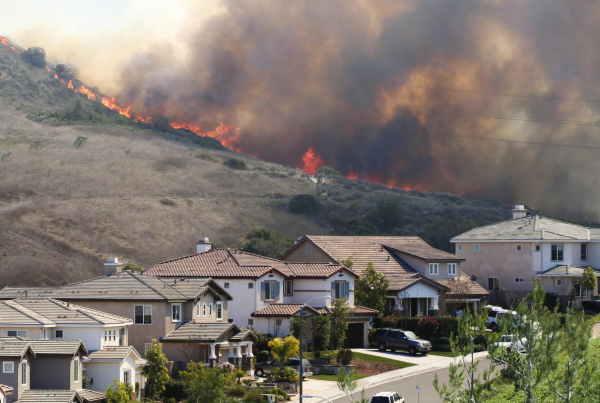Organizations Involved: Sabin Center
Source: Climate Law – A Sabin Center Blog
Abstract
This blog post introduces and discusses the “tragedy on the horizon”, which has become a central concept of much climate risk discourse. Efforts to incorporate climate risk through activities like scenario analysis and target-setting have tended to focus on long-term time horizons, focusing on emissions trajectories and climate impacts that resolve later in the century. But the horizon most relevant to the markets is much nearer. Climate risks like abrupt responses to policy and consumer demands – or the now-inevitable early shockwaves of physical climate impacts – are far more relevant to the economics of business decisions today than what happens in 2050. Capital decisions made now create and maintain real assets that will exist in a vastly different world a decade hence. Despite the progress made since 2015 to prepare companies for climate risks, the corporate decisions are underpinned by economic and financial assumptions that still poorly reflect both predictable physical risks and the zero-carbon transition. Under efficient markets theory, the medium term is reflected in asset prices and company valuations, but in practice it is not.




